The Director’s Cut
Director Neil Kirkman takes on the challenge of this year’s major Bath Opera production of Bellini’s La Sonnambula (The Sleepwalker). We find out more about Neil’s vision for bringing opera alive through innovative stagecraft and design…
Tell us a bit about yourself and what drew you to become involved in opera…
Although I have had no formal training in theatre, my career required a creative approach to making a wide range of new activities work which has proved very useful. In music, I was very fortunate to have an excellent singing teacher in the late Maureen Lehane. This led to my joining the chorus for Dorset Opera. Work commitments limited my involvement but I continued with Dorset Opera and then performed a number of roles with Bristol Opera.
Your involvement with Bath Opera began as a performer. How did you make the move to set design and direction?
I joined Bath Opera nearly twenty years ago and have been hugely privileged to have learnt and performed many of the best bass baritone roles in the repertoire.
My favourite roles have included Don Giovanni, Figaro, Papageno, Count Almaviva, Pandolfe and Porgy. I also loved some of the darker and dramatic roles such as Rafaele in ‘Jewels of the Madonna’ and Frank Maurrant in Kurt Weill’s ‘Street Scene’.
During this period I gradually started to design some of the sets for our productions.
Then came the year when Bath Opera was considering doing Tchaikovsky’s Queen of Spades but was hesitating because of the notoriously difficult production challenges. An idea came to me that would make the production viable. I put my idea to the committee and hey presto I found myself appointed designer and director! To say that Queen of Spades as a choice of a first opera to direct was jumping in at the deep end would be a massive understatement!
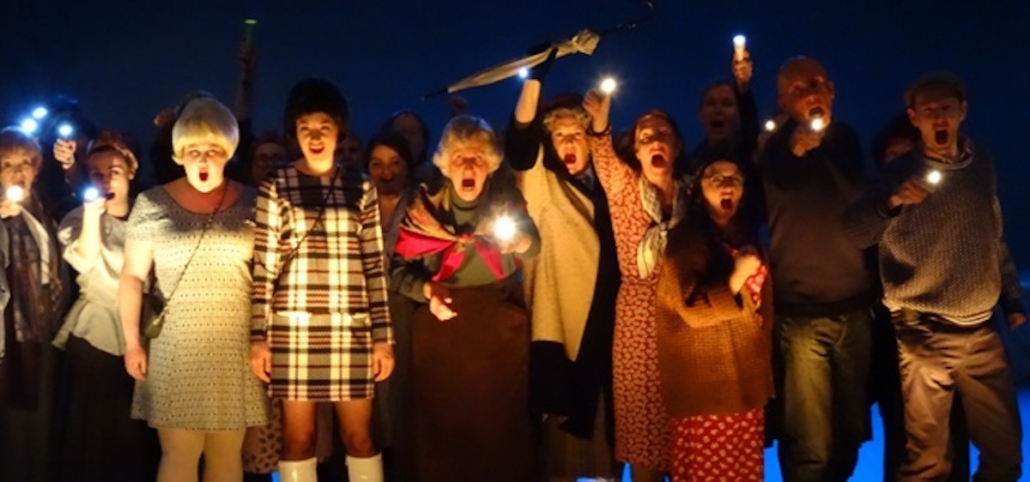
What might you say was the highlight of your career with Bath Opera to date?
The experience with Queen of Spades showed that neither I nor the company need be too frightened of complex, hugely complicated operas.
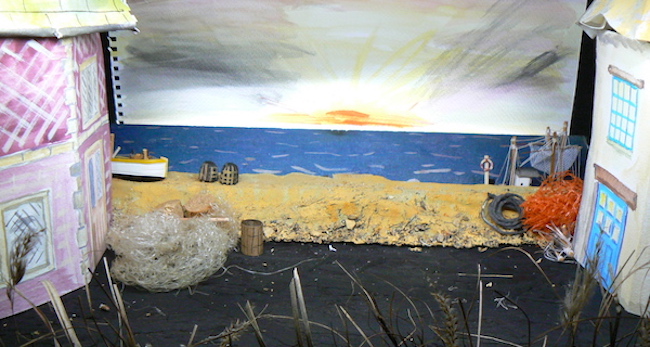
So the next major project I undertook with Bath Opera was Benjamin Britten’s Peter Grimes which was the most immersive and fulfilling experience I have ever had in opera. I was enormously proud of what the company achieved. Being rewarded with three awards and a very positive review in Opera magazine was the icing on the cake.
What are the most important things for you when devising a new production?
For me ‘telling the story’ is paramount. As far as possible I try to make my productions a continuous linked flow with movements and actions flowing directly out of the words and the music. I also try to make every person on stage a ‘real’ person with a rationale for every action they take. For this reason I find it more satisfying and easier if I both design the production and direct it so I can ensure what I originally envisaged is what we actually put on stage.
Although I have no problem with a more ‘traditional’ period production, as it was with Beatrice and Benedict. I enjoy moving productions into a completely new setting and period, particularly if it makes an otherwise impossible production viable.
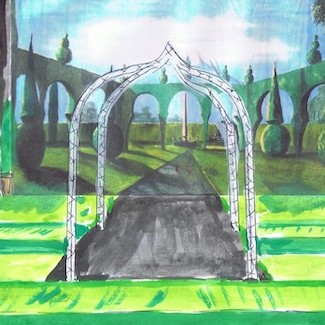
The most extreme shift I did was to move Handel’s oratorio Acis and Galatea from its classic Arcadian setting into a very rough modern country pub where Galatea was the barmaid, the monster Polypheme became the village drunk and killed his rival Acis by thwacking him on the head with a slate shove-ha’penny board!
Turning to La Sonnambula, tell us about the concept for this production
Bath Opera has a large and experienced chorus spanning a wide age range. Using this resource to the full is all important. When I looked at the score of La Sonnambula I wanted to set it in such a way which would not only look right but could also help to get round some of the dottier elements of the plot…..hence I decided to set the opera in a modern day retirement home rather than an 18th century Swiss village.
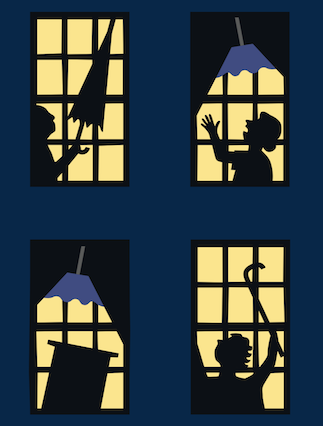
This fulfils the criteria of giving every person on stage a specific role, be it a resident, a carer, nurse, physio or occupational therapist etc. Also, by splitting the chorus into residents and staff I have been able to present the story in a more logical way as there were some howling glitches in the original story!
My sketches for La Sonnambula aren’t really fit for publication and in any case I don’t want to give too much away, so we will have to wait until the show itself on 21-23 February for it to be revealed.
And how are the preparations going for what sounds like it’s going to be an amazing production?
The main challenge in this opera is the sheer amount of music everyone has had to learn. Soloists have some extraordinarily difficult coloratura passages to sing. The chorus too are hardly ever off the stage and also provide an important role in telling much of the story.
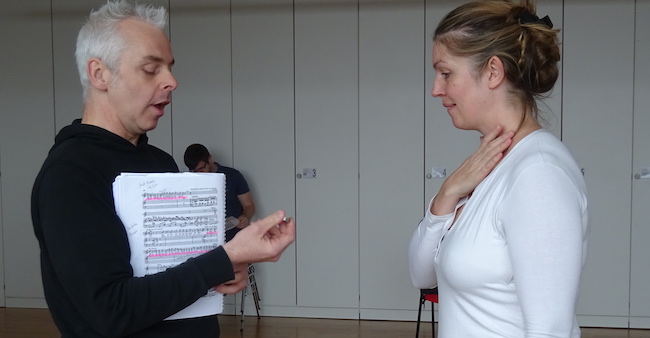
This is our second appearance at the excellent Roper Theatre. Like all theatres it has its own acoustic characteristics which were new and unknown to us. This year we are having a slightly smaller orchestra and placing them differently to maximise audience enjoyment. This also means we can place the singers very close to, and at times, amongst the audience. So hopefully the audience will feel fully engaged with the action.




Leave a Reply
Want to join the discussion?Feel free to contribute!